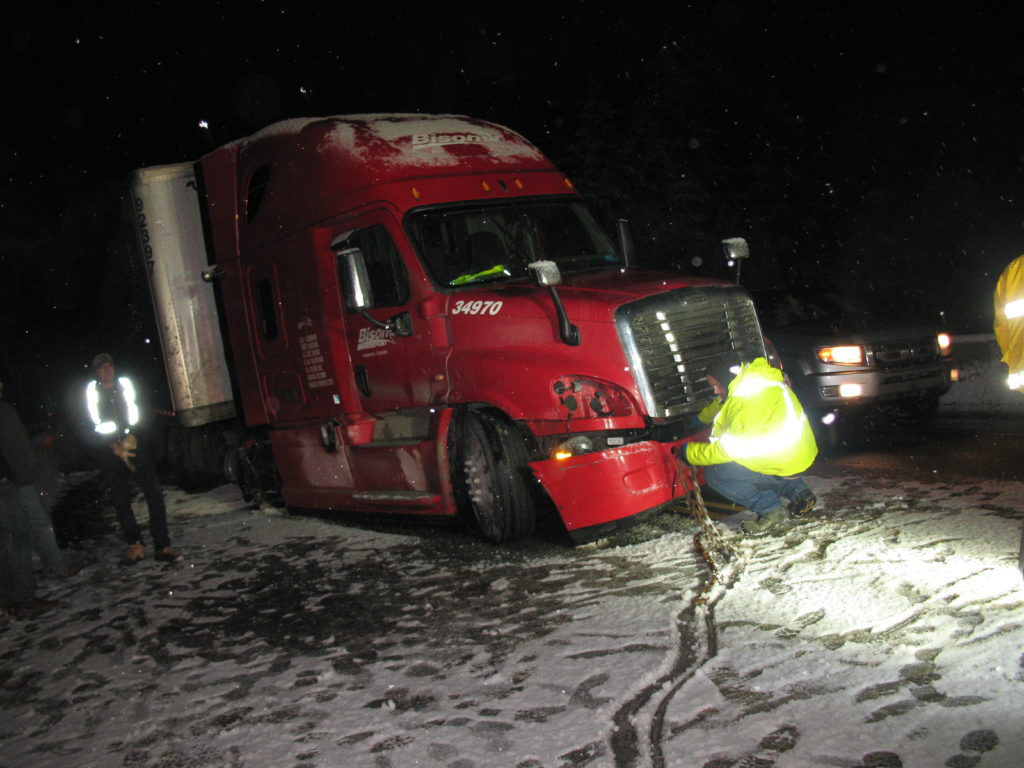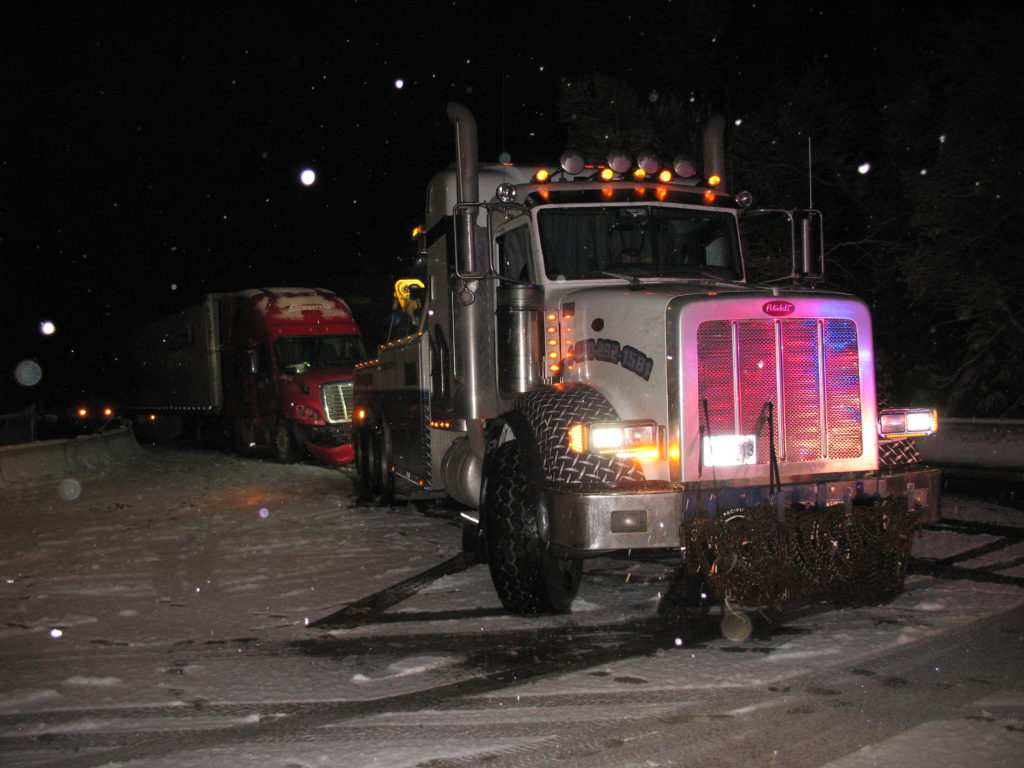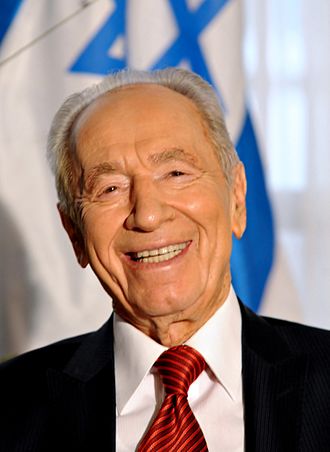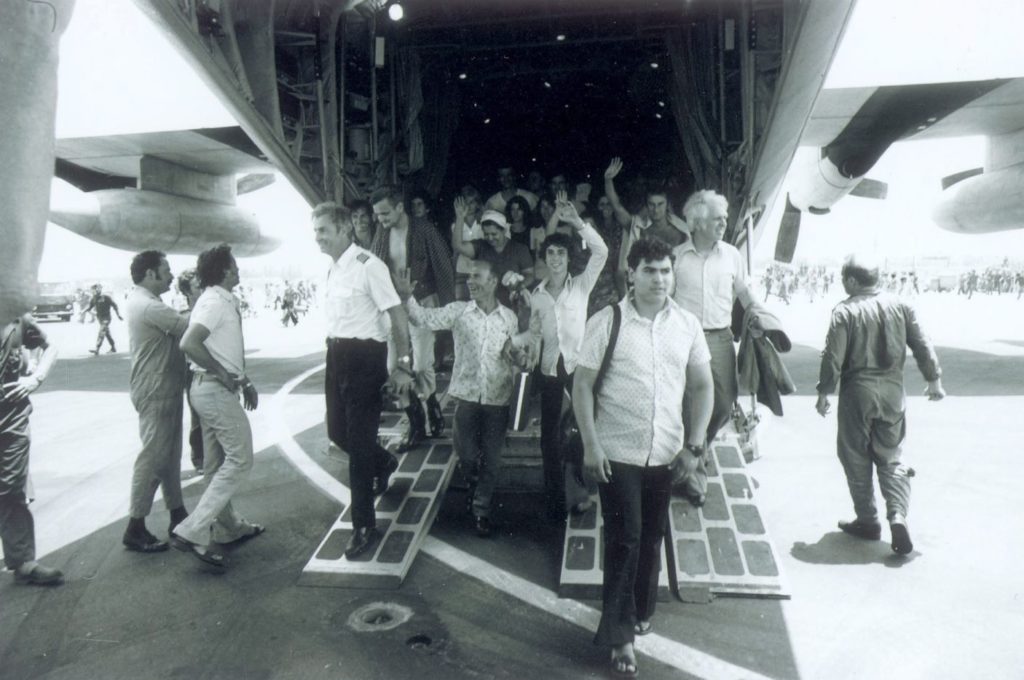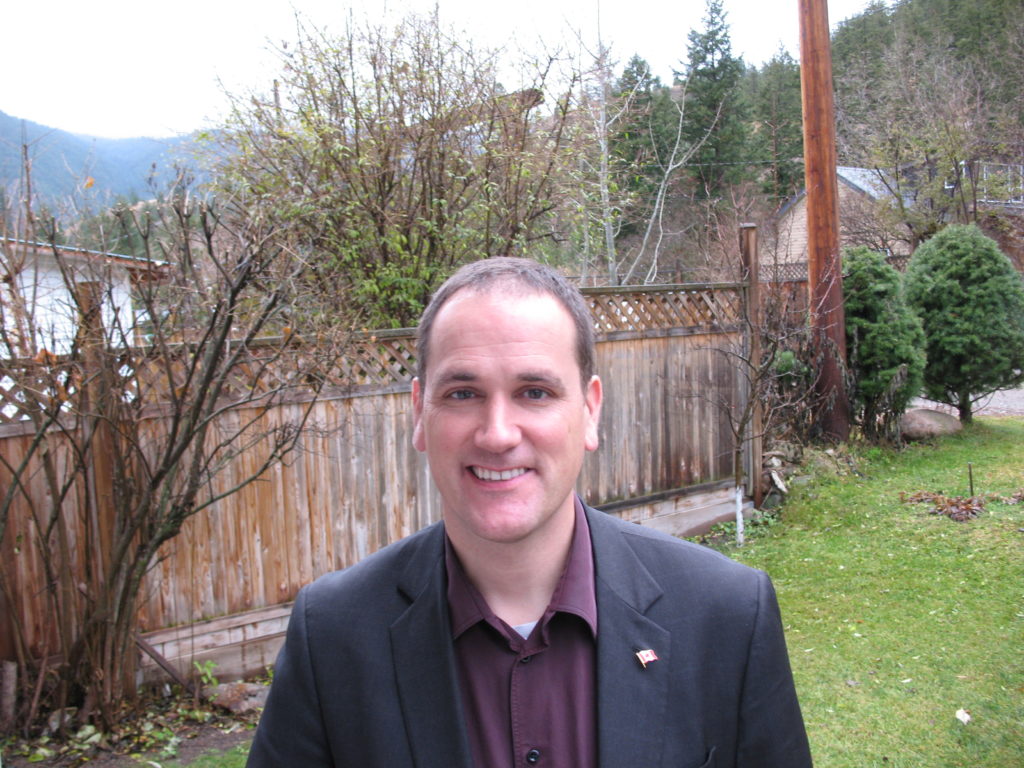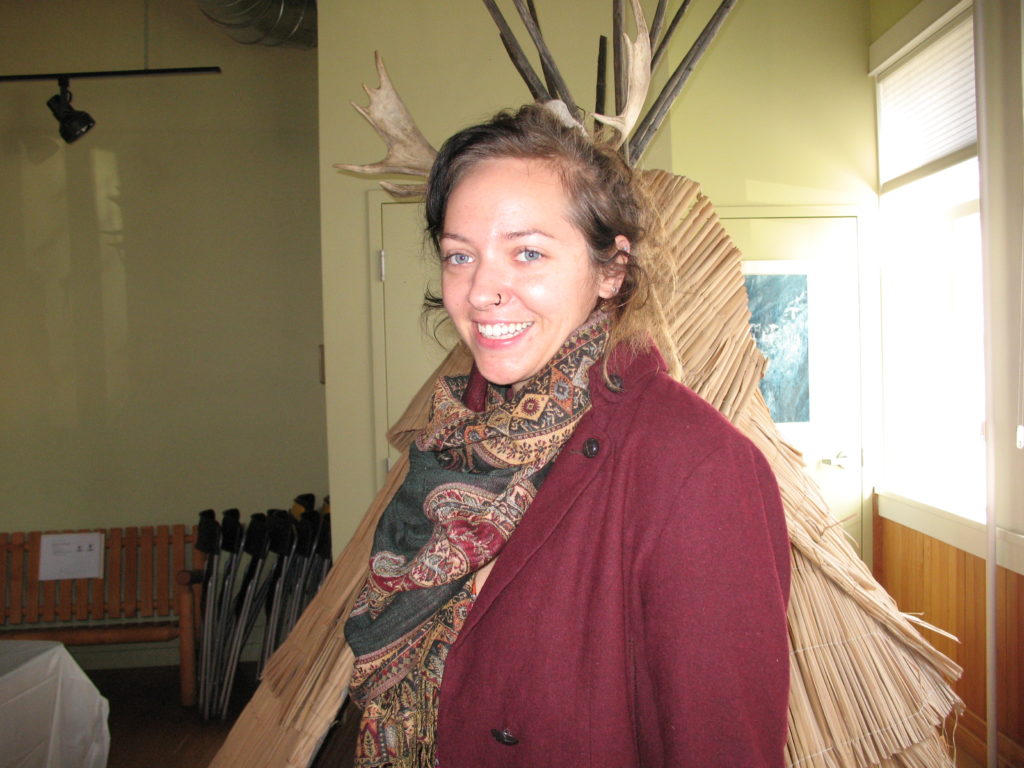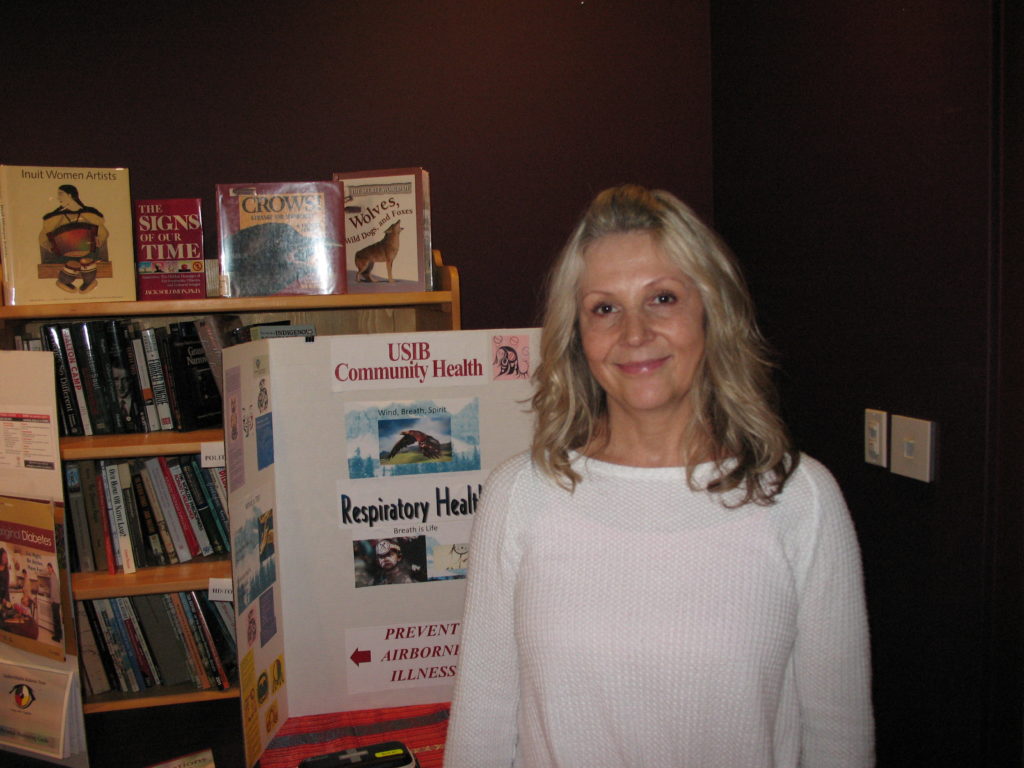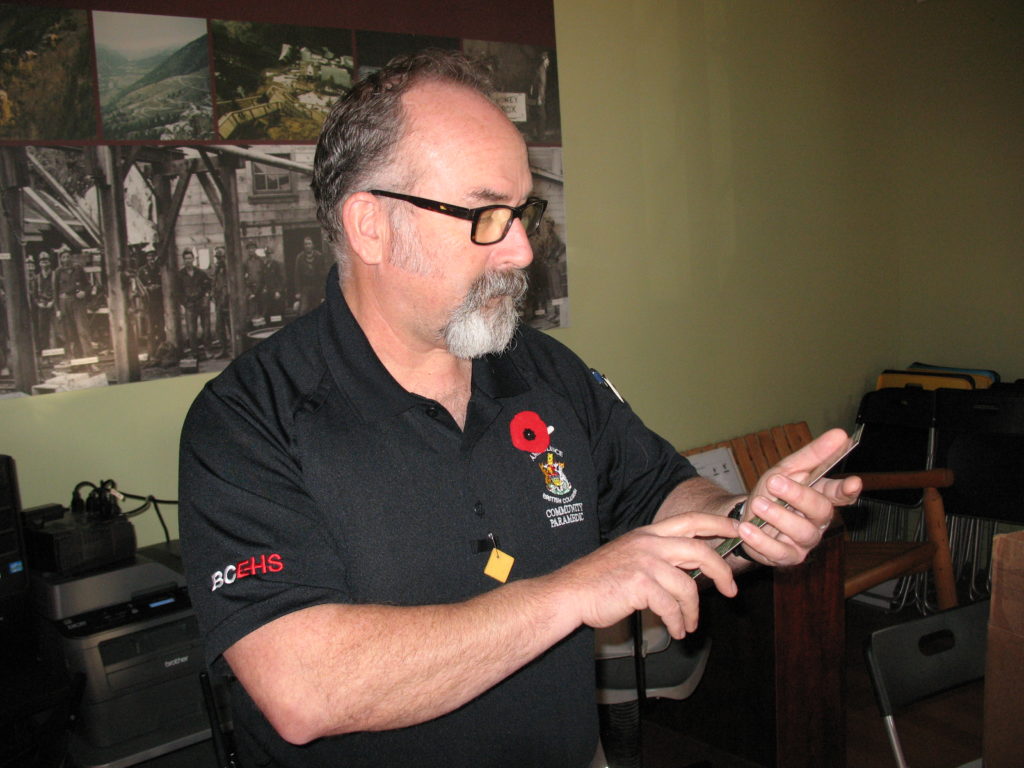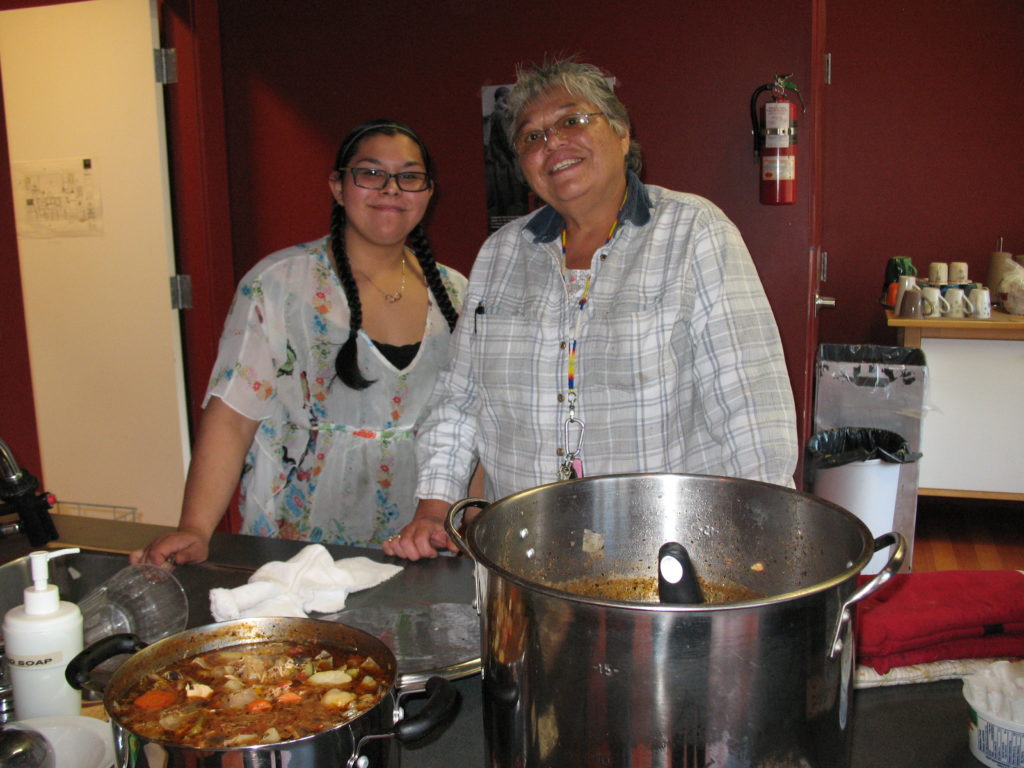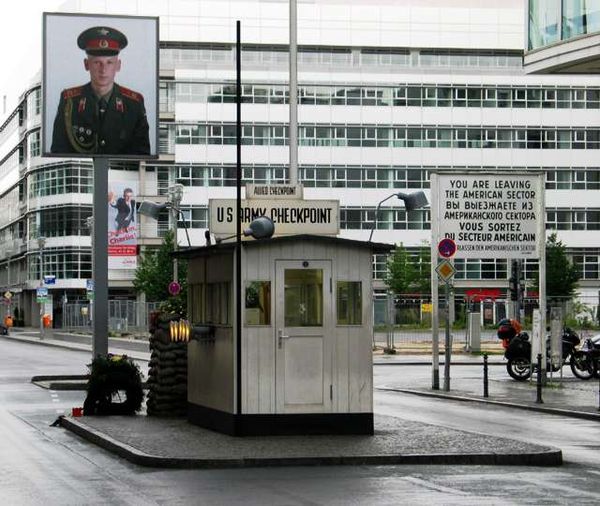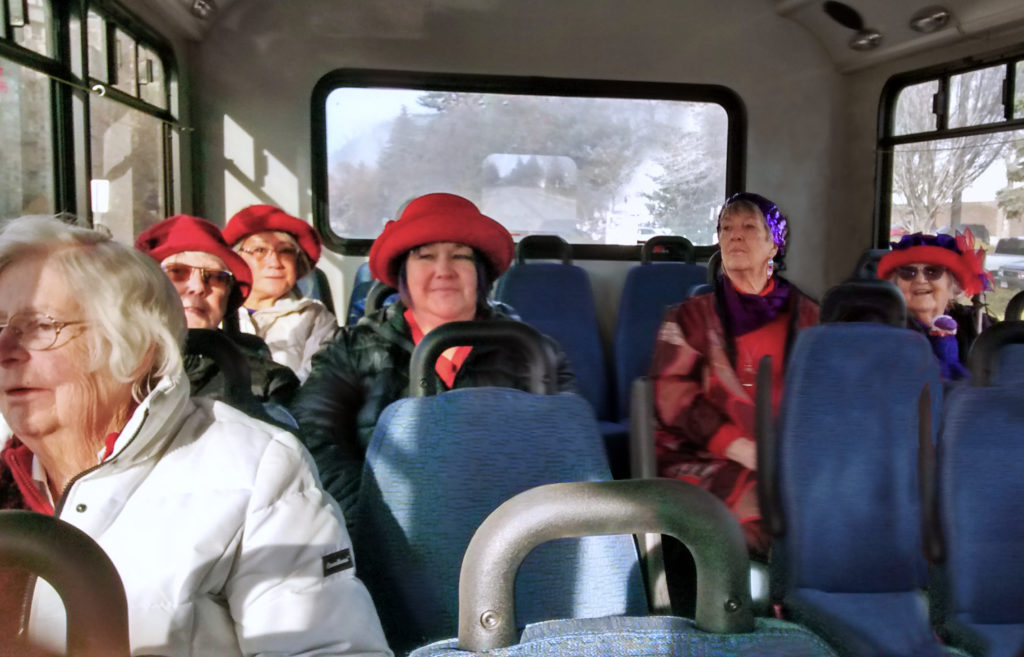
When I opened the door to the Hedley Seniors’ Centre, I was astonished to see 10 ladies in purple garb and wearing fancy red hats. Seated at a long table, some holding coffee cups, they were engaged in animated discussion, obviously having fun. For a moment they seemed as surprised at my unanticipated appearance as I was to see them. Then, greatly amused by my baffled expression and apparently pleased by their impact, they burst into spontaneous ripples of happy laughter.
Greatly puzzled and intrigued by this unexpected apparition, I hurriedly closed the door. Walking away I pondered the meaning of this encounter. I knew each of the ladies. Surely they were not participants in a secret Hedley cult.
I subsequently learned it wasn’t the dark underbelly of Hedley society I had innocently stumbled upon. “We’re members of the Red Hat Society,” Margaret Skaar informed me several days later. “Our purpose is to give women an opportunity to have fun after reaching age 50. We meet once a month, sometimes to have breakfast together, or a potluck dinner. We also go shopping. One year we joined with several other Red Hat groups for a visit to Barkerville.”
Well, there’s a novel concept I thought. It was bringing a measure of frivolity into the lives of women, most of whom are ardent in their commitment and service to the Hedley community. Possibly without intending it, the Red Hat Society seems a very positive approach to feminism.
I did some delving and learned the society had been inspired by the poem Warning, penned by Jenny Joseph at age 29. She wrote, “When I’m an old woman, I shall wear purple, with a red hat that does not go and doesn’t suit me… . I shall spend my pension on brandy and summer gloves and satin sandals… . I will go out in my slippers in the rain, pick flowers in other people’s gardens, and learn to spit.”
Sue Ellen Cooper of Fullerton California came upon the poem and when a close friend turned 55, gave her a red hat. She suggested her friend keep it as a reminder to “grow old playfully and on her own terms.”
Inspired by the poem and her own inauspicious act of encouragement, in1998 Cooper founded the Red Hat Society, which now has some 50,000 members worldwide. Princeton and Keremeos each have a group, although in the latter case, they are now part of the Canadian Crown Jewel’s version,
Cooper described the society as “a place where there is freedom from stereotypes and where there is fulfillment of goals and dreams. A place that offers friendship and fun after 50.” It’s motto is “Red Hatters Matter.”
Almost without exception, the Hedley Red Hatters have come out of demanding careers and now give to their community by volunteering Margaret Skaar, age 78, was a bank manager. She now serves as a Hedley Museum board member and treasurer. At the Seniors’ Centre monthly pancake breakfast, this spunky lady is at the grill cooking eggs. Beryl Wallace, formerly a teacher, has served a number of terms as chair person of the Seniors’ Centre. Ena Chiasson, age 87, is senior in years to the others. A nurse in the past, she is involved in pretty much every organization in town.
Although most are in the seventh decade or more, they refuse to accept that their active years are in the past. They are not willing to settle for a static existence in a recliner in front of the television. Red Hat ladies understand that in spite of age and health issues, it’s quite possible to join with others to relax, enjoy people, have fun, and celebrate life.
When I asked if they accept new members, Margaret said, “Definitely, and ladies under 50 are welcome. Until they are 50, they wear a pink hat.”
In a small community like Hedley, we often have to provide our own entertainment and make our own fun. The Red Hat ladies are doing this very successfully, with style and pizzazz. If I ever come upon one of their gatherings again, I may be tempted to request permission to join in their fun. Failing that, I might spend my pension on brandy, buy satin slippers, and pick flowers in my neighbour’s garden.


